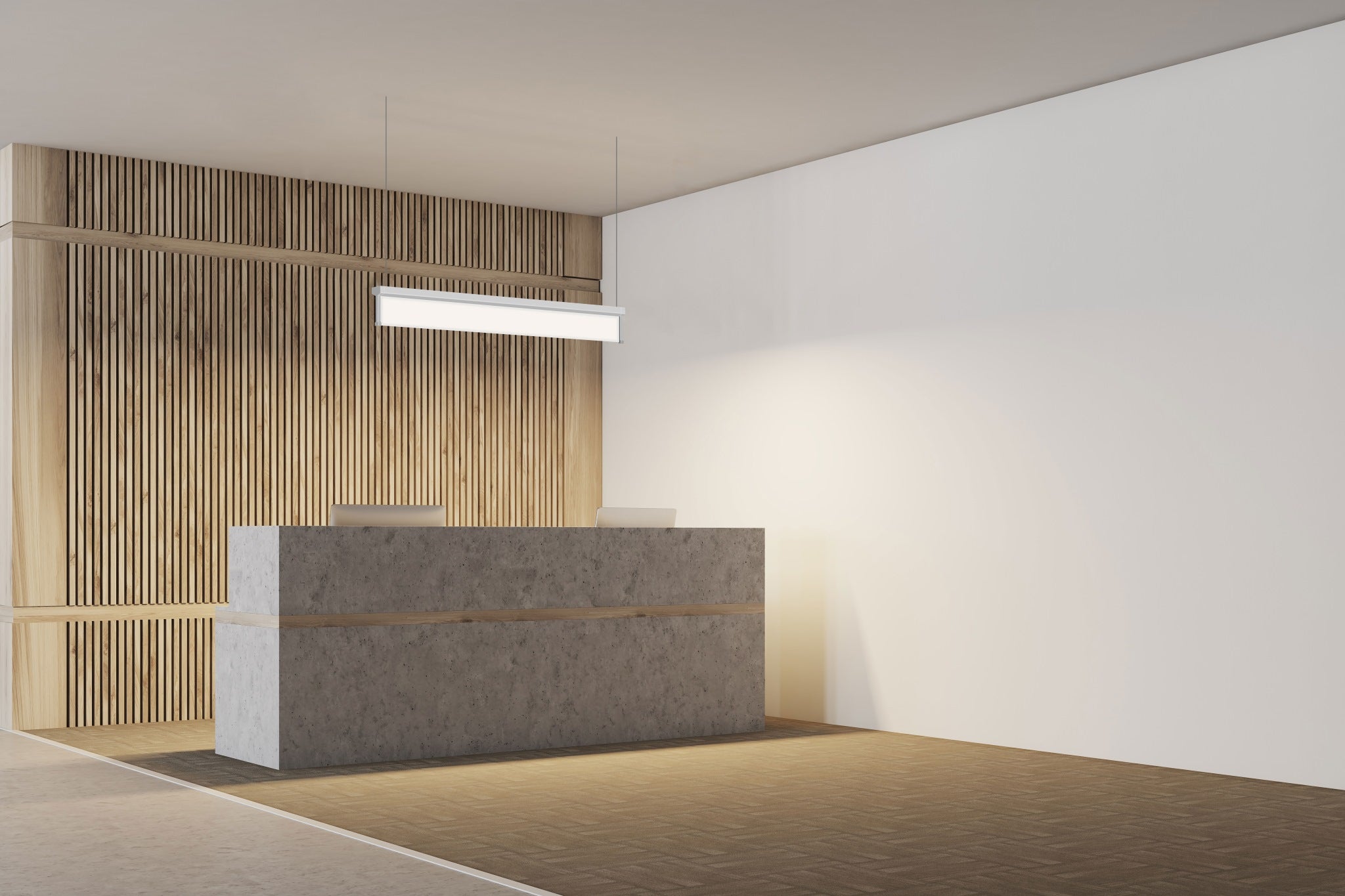In fields such as property management, construction and electrical contracting, every investment decision counts.
Upgrading to LED lighting: While other upgrades can provide a small uptick it is in converting your lights over from traditional incandescent or even fluorescents that actual return on investment becomes significant. In this article, we look at a LED lighting upgrade return on investment (ROI) for electrical contractors and electricians — as well property managers and construction companies.
Why LED Lighting?
The many benefits of LED lighting is why it has grown into the gold standard for modern illumination. LED lights are also very energy-efficient, using up to 75% less power than incandescent or fluorescent light. That efficiency, combined with their long life and minimal maintenance requirements translates into less money spent on electricity bills, as well as a smaller carbon footprint overall — making them an environmentally friendly choice. Additionally, LEDs last much longer and in some cases 10+ years which greatly reduces maintenance costs as always having to replace them.
Calculating the ROI
Understanding the ROI of LED lighting involves assessing both the initial costs and the long-term savings. Here’s how you can approach this calculation:
-
Initial Investment: This includes the cost of purchasing LED fixtures and installation. While the upfront cost may be higher than traditional lighting, it’s important to view this as a long-term investment.
-
Energy Savings: LEDs consume significantly less energy. For example, switching from a 400W highbay light to a 150W LED highbay can reduce energy consumption by over 60%. Calculate the annual savings by multiplying the energy reduction by your electricity rate and the number of operational hours.
-
Maintenance Savings: With their extended lifespan, LEDs reduce the frequency of bulb replacements and associated labor costs. This is particularly beneficial in commercial and industrial settings where maintenance can be disruptive and costly.
-
Tax Incentives and Rebates: Many regions offer tax incentives and rebates for energy-efficient upgrades. These can offset the initial costs and improve the ROI. Check with local utilities and government programs to see what’s available in your area.
-
Improved Lighting Quality: While not directly quantifiable in monetary terms, the improved lighting quality of LEDs can enhance safety, productivity, and the overall ambiance of a space, indirectly contributing to financial gains.
Real-World Impact
Consider a property manager overseeing a multi-unit dwelling. By upgrading the building’s lighting to LEDs, they not only reduce energy and maintenance costs but also enhance safety and security. Well-lit pathways and parking areas reduce the risk of accidents and improve the property’s appeal to current and prospective tenants.
Similarly, construction companies can benefit from LED upgrades by offering clients a more sustainable and cost-effective lighting solution. This can be a significant selling point in today’s market, where sustainability is increasingly prioritized.
Conclusion
LED lighting upgrades are a positive strategic decision on many fronts—from an economic, operational and environmental standpoint. Businesses can avoid giant fails and be able to align choices with their goals, when informed by what the ROI really is! JQZ Lighting is here to help you through this transition, ensuring that your lighting investment works for you as effectively and efficiently as possible.
Visit our website: jqzlighting.com to see the many ways in which LED lighting can benefit your business. The light fixtures we offer are premium quality at competitive prices.
We Can Light the Way to Even More Efficiency and Sustainability!





